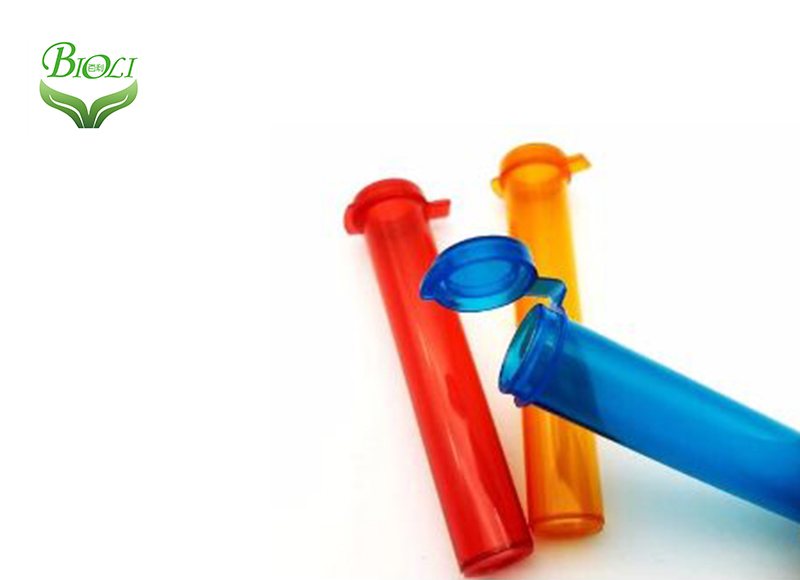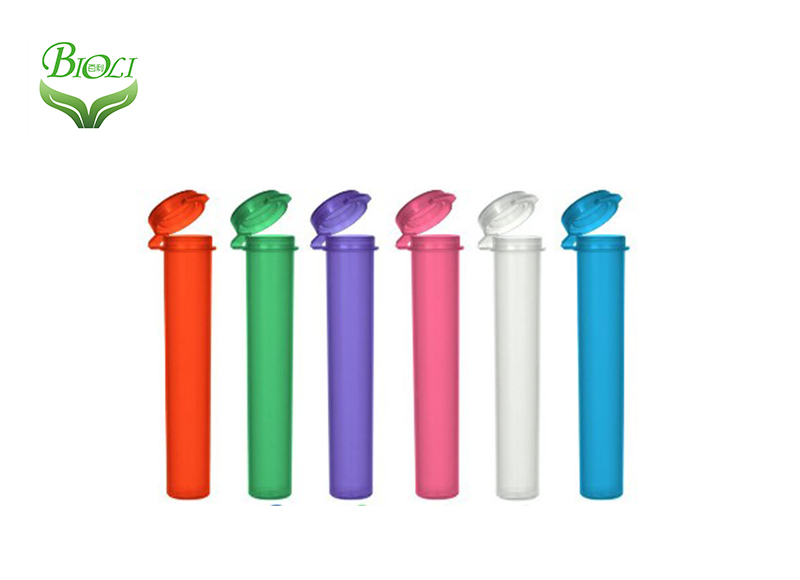

Virus sampling tube is a complete set of sampling and t […]
Virus sampling tube is a complete set of sampling and transportation centrifuge tube for influenza virus, hand-foot-mouth virus and other viruses in biological sampling transportation tube. It is also called specimen transportation tube and has now become a commercial product.
The virus sampling tube mainly includes the following parts:
1. Use a disposable sterile plastic stick/man-made fiber tip to sample a cotton swab.
2. Use gentamicin and mycin B as a sterile sampling tube, which contains 3ml of virus maintenance solution to better inhibit the sample. Avoid human allergies that may be caused by traditional sampling fluids.
In addition, there are other components, such as tongue depressors and biosafety bags.

Use of virus sampling tube
1. Used for monitoring and sampling of infectious pathogenic microorganisms by disease control departments and clinical departments.
It is used for sampling of mycoplasma, chlamydia, ureaplasma, etc., and it is suitable for sampling of influenza virus, hand, foot and mouth virus and other types of viruses.
2. The sample or tissue sample of a specific site is taken out through a nasopharyngeal swab and transported from the sampling point to the testing laboratory for PCR extraction and testing.
3. It is used to preserve nasopharyngeal swab samples or tissue samples of specific parts for necessary cell culture.

The virus sampling tube contains infectious substances, some of which are even highly pathogenic. Therefore, the requirements for packaging containers are very demanding, and three requirements must be met at the same time:
1. Transportation safety.
Ensure that the sample cannot be leaked during transportation, and that the sampling tube complies with WHO regulations and biosafety regulations.
2. The security of preservation.
Ensure that the sample will not leak during storage and comply with WHO regulations and biosafety regulations.
3. The validity of the sample.
Make sure that the sampling tube itself is not toxic to the sample.